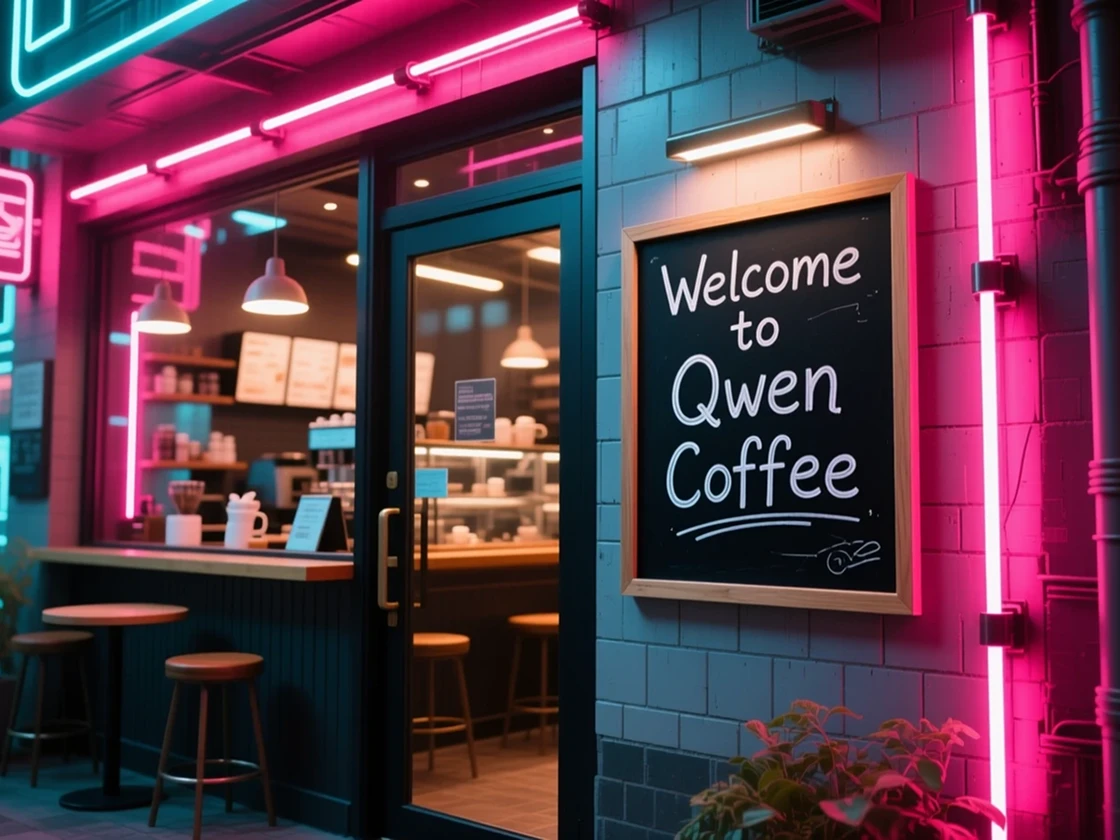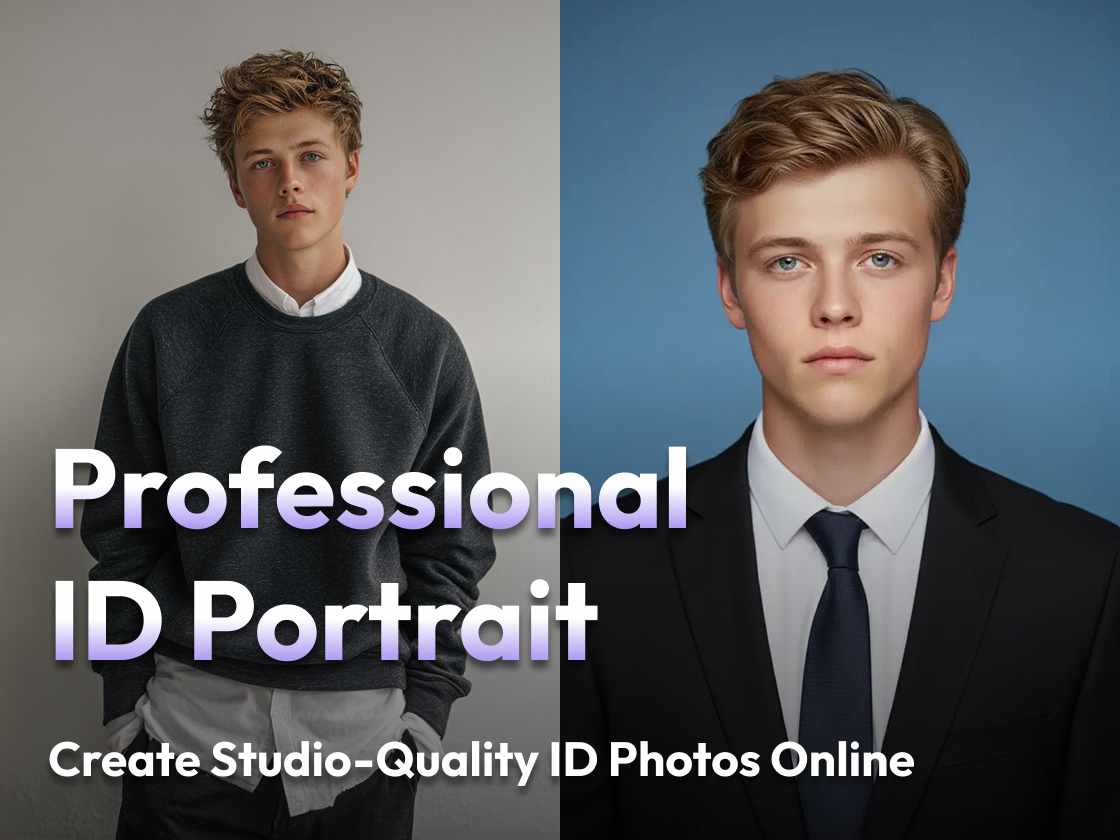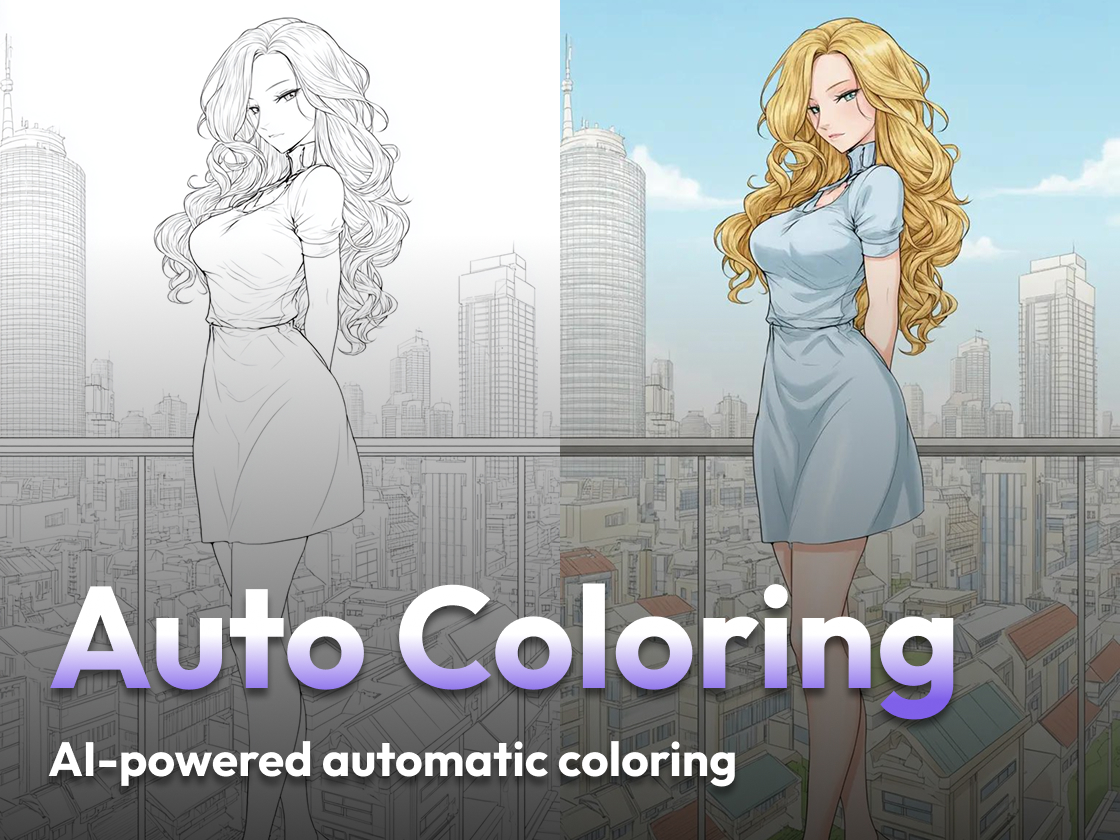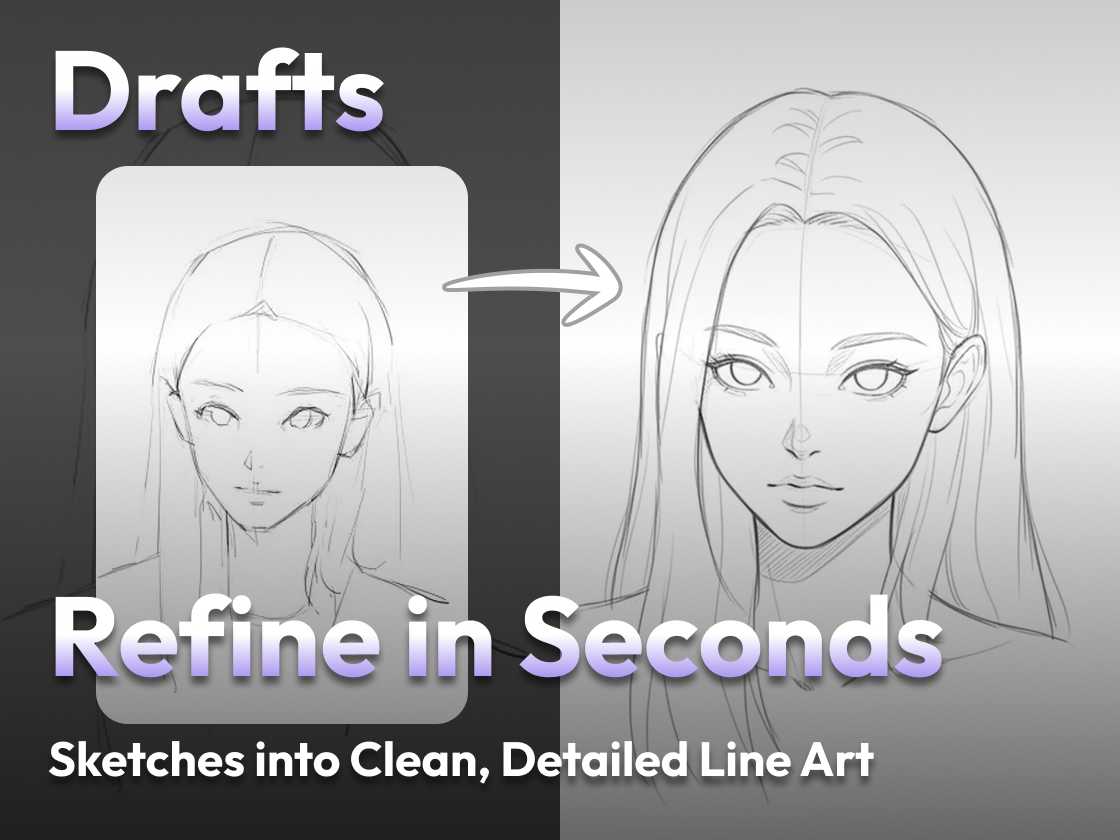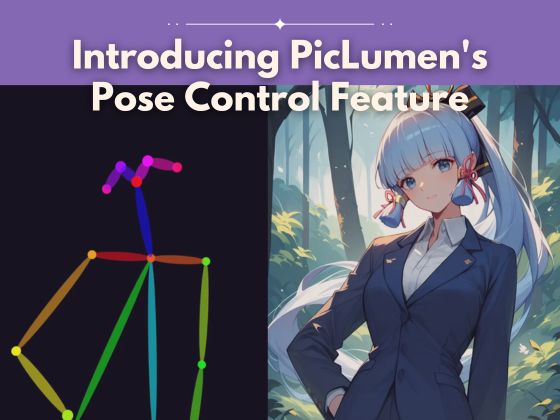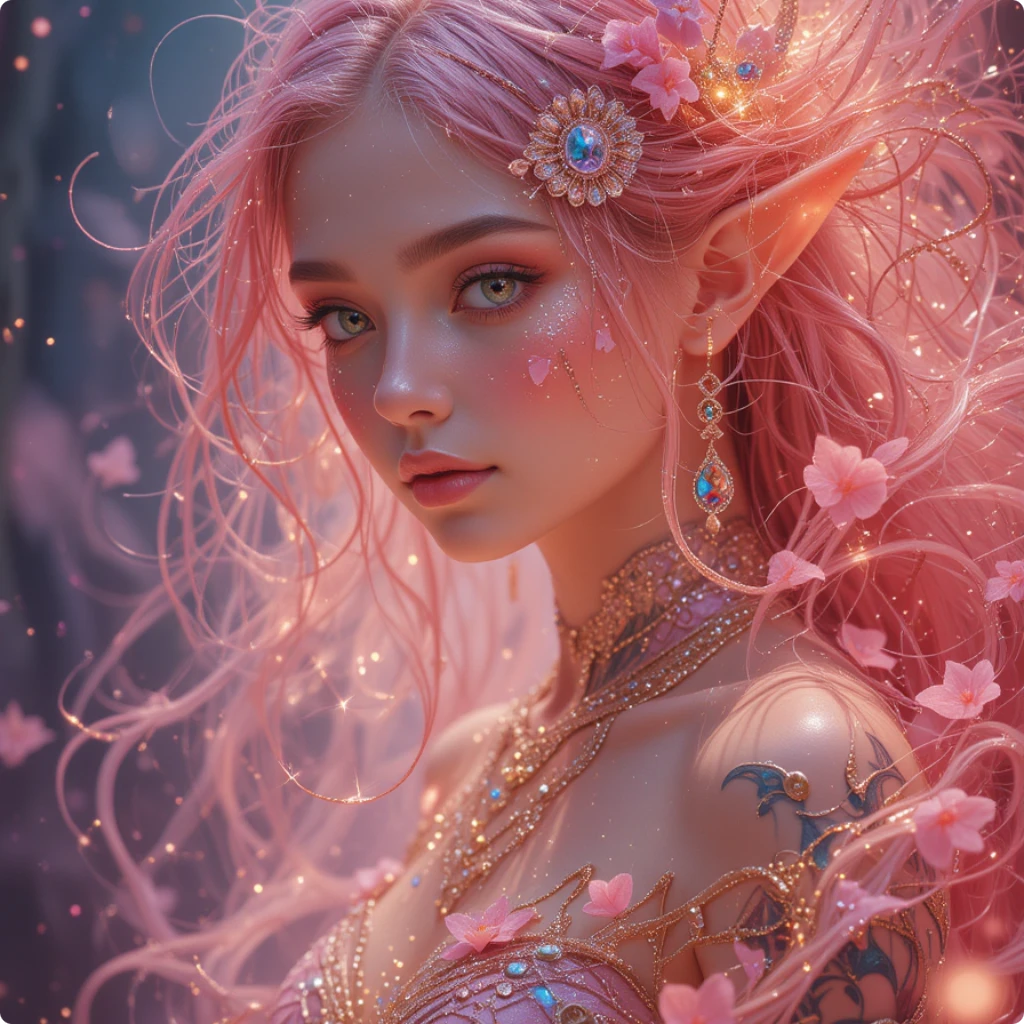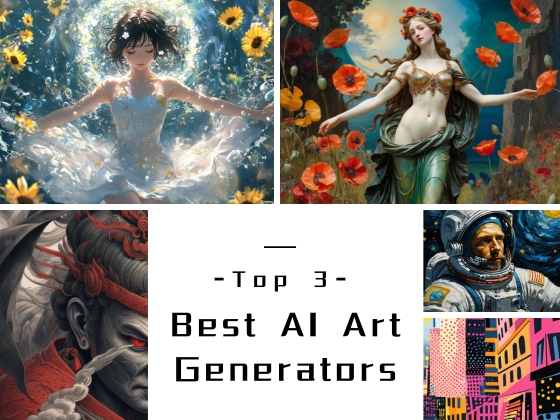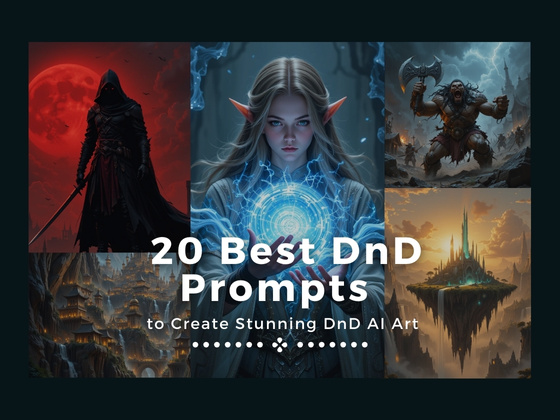Qwen-Image: Crafted for Beauty, Built for Control
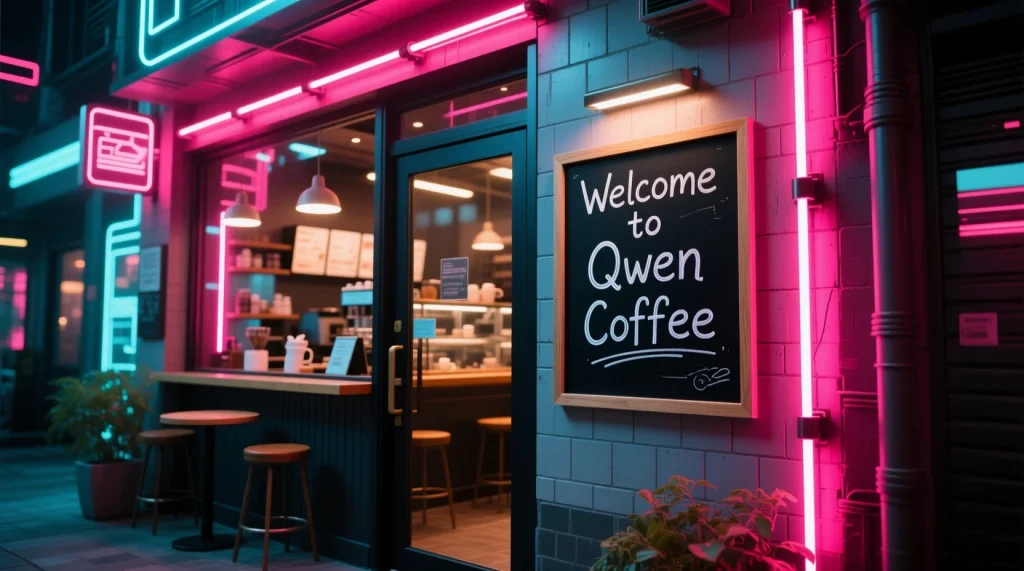
Qwen-Image is a 20-billion-parameter foundation model built on the MMDiT architecture, designed for high-fidelity image generation and fine-grained visual editing. It stands out for its ability to render complex text directly within images, perform precise image editing, and maintain remarkable consistency across subjects, layouts, and styles.
Unlike most image generation models, Qwen-Image can seamlessly integrate visual design and typography — creating a new paradigm for content creators, designers, and artists who value both creative freedom and pixel-level precision.
At PicLumen, we provide two models: Qwen-Image for high-quality generation (no editing) and Qwen-Image-Edit for both generation and editing. Please choose the model that best suits your requirements.
Key Highlights
- Text Rendering Mastery – Generate images that include realistic, correctly-shaped text in multiple languages and styles, maintaining alignment, perspective, and material consistency.
- Powerful Editing Pipeline – Edit existing images through text instructions or visual references, while preserving structure, lighting, and identity.
- Layout & Composition Awareness – Understands design composition, allowing natural placement of elements such as titles, subtitles, and objects.
- Identity & Consistency – Maintains coherence in subjects, faces, brand logos, and other distinctive features across multiple generations.
- Aesthetic Flexibility – Capable of producing images across photography, illustration, cinematic, and graphic design styles with rich lighting and detailed textures.
1. Text-to-Image Generation (Qwen-Image)
Overview
Qwen-Image accepts purely textual descriptions and creates visual compositions that incorporate typography, layout, and style as part of the image itself.
Prompting Tips
- Specify where text should appear and describe its visual qualities.
- Combine text details with environmental context.
- Include material and tone hints.
- Mention design concepts like editorial poster style or art-deco aesthetic.
Example
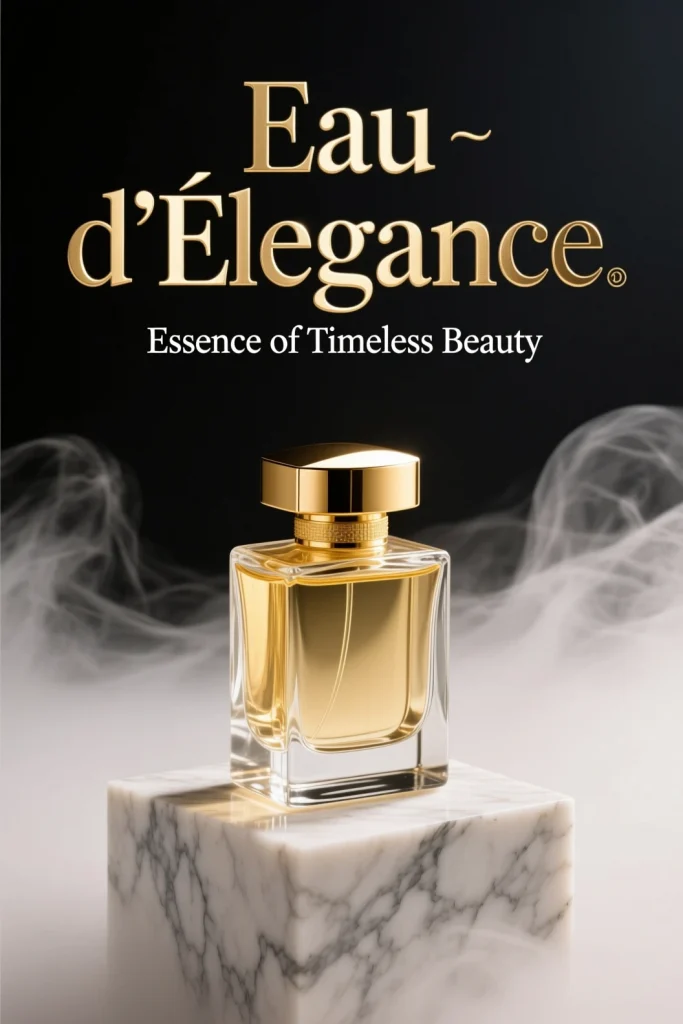
Prompt: A high-end perfume advertisement featuring a glass bottle with a golden cap on a marble pedestal, surrounded by soft mist. Large elegant serif text on the upper half reads ‘Eau d’Élégance’ in metallic gold; subtle tagline beneath: ‘Essence of Timeless Beauty’ in fine white lettering.
2. Image Editing (Qwen-Image-Edit)
Overview
Qwen-Image’s editing mode allows users to modify an existing image through descriptive instructions — such as altering backgrounds, changing materials, adjusting lighting, or adding text — while preserving the integrity of the original subject.
Prompting Tips
- Explicitly describe what to keep unchanged.
- Describe the modification precisely.
- Clarify mood and tone.
- Include positional hints like top right corner or center-aligned title overlay.
Examples

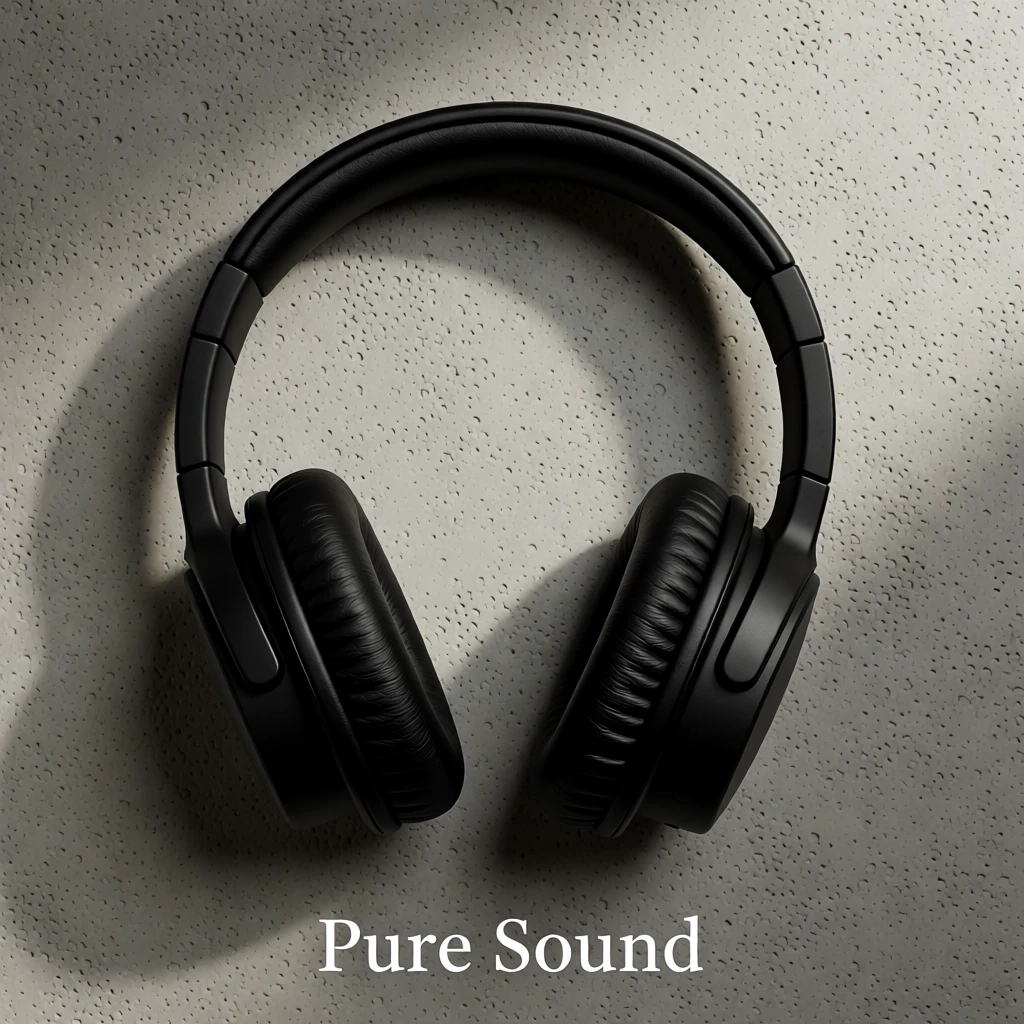
Prompt: “Keep the product identical, replace the background with a textured concrete wall illuminated by soft side light, and overlay the phrase ‘Pure Sound’ in thin white serif font near the bottom.”


Prompt: Edit the coffee mug on a wooden table, retaining its shape and logo. Replace the background with a bright kitchen setting and add subtle embossed gold text ‘Morning Ritual’ on the mug.
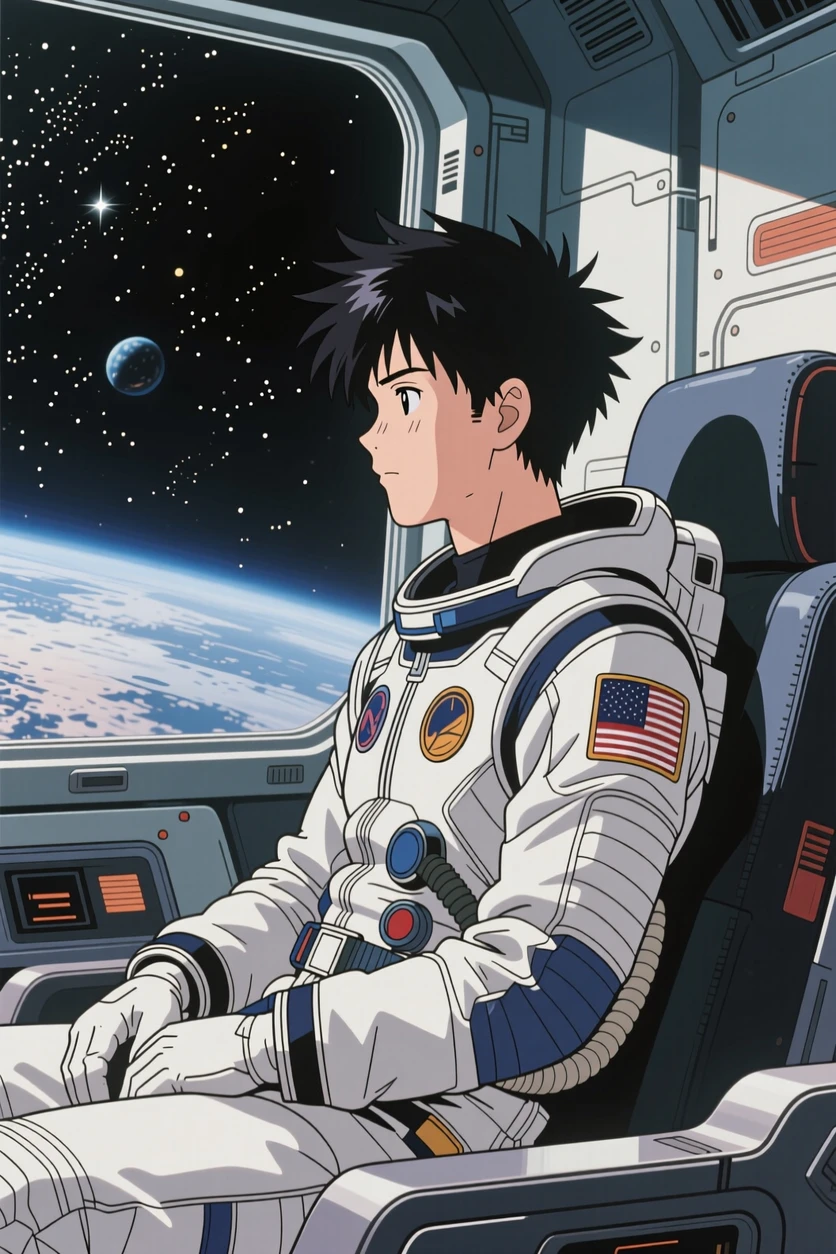
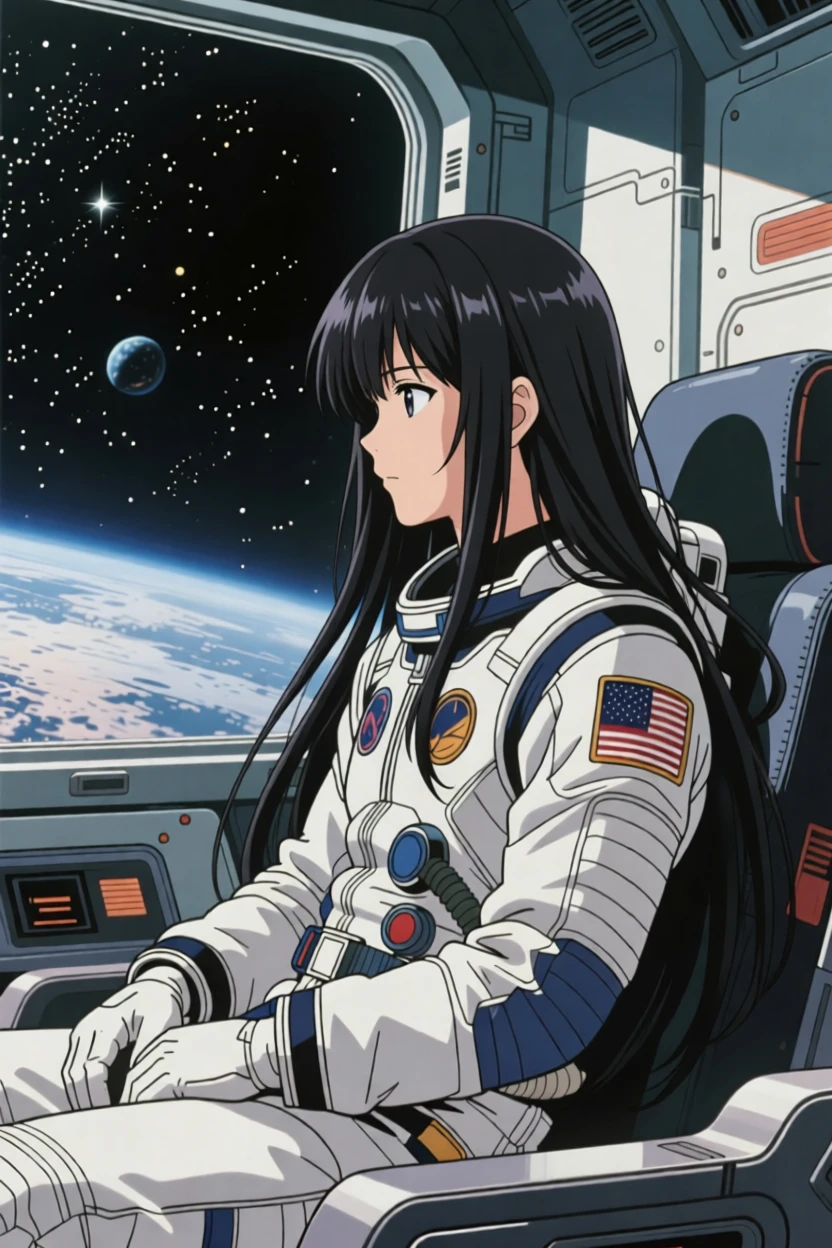
Prompt: Replace the boy in the picture with an anime girl with long black hair, keeping the clothing and other parts unchanged.

Prompt 1: Stand with one hand on hip and the other hand forming a V sign.
Prompt 2: Shape a heart with both hands.
Prompt 3: Holding a small blackboard with both hands that says “Welcome to PicLumen”.
Prompt 4: Bring the camera closer.
3. Multi-Image Editing
Overview
Qwen-Image-Edit support combining multiple image inputs — merging subjects and environments into coherent scenes.
Prompting Tips
- Describe each image’s role.
- Define how they should merge.
- Maintain realism.
- Add stylistic direction like cinematic light or editorial composition.
Example
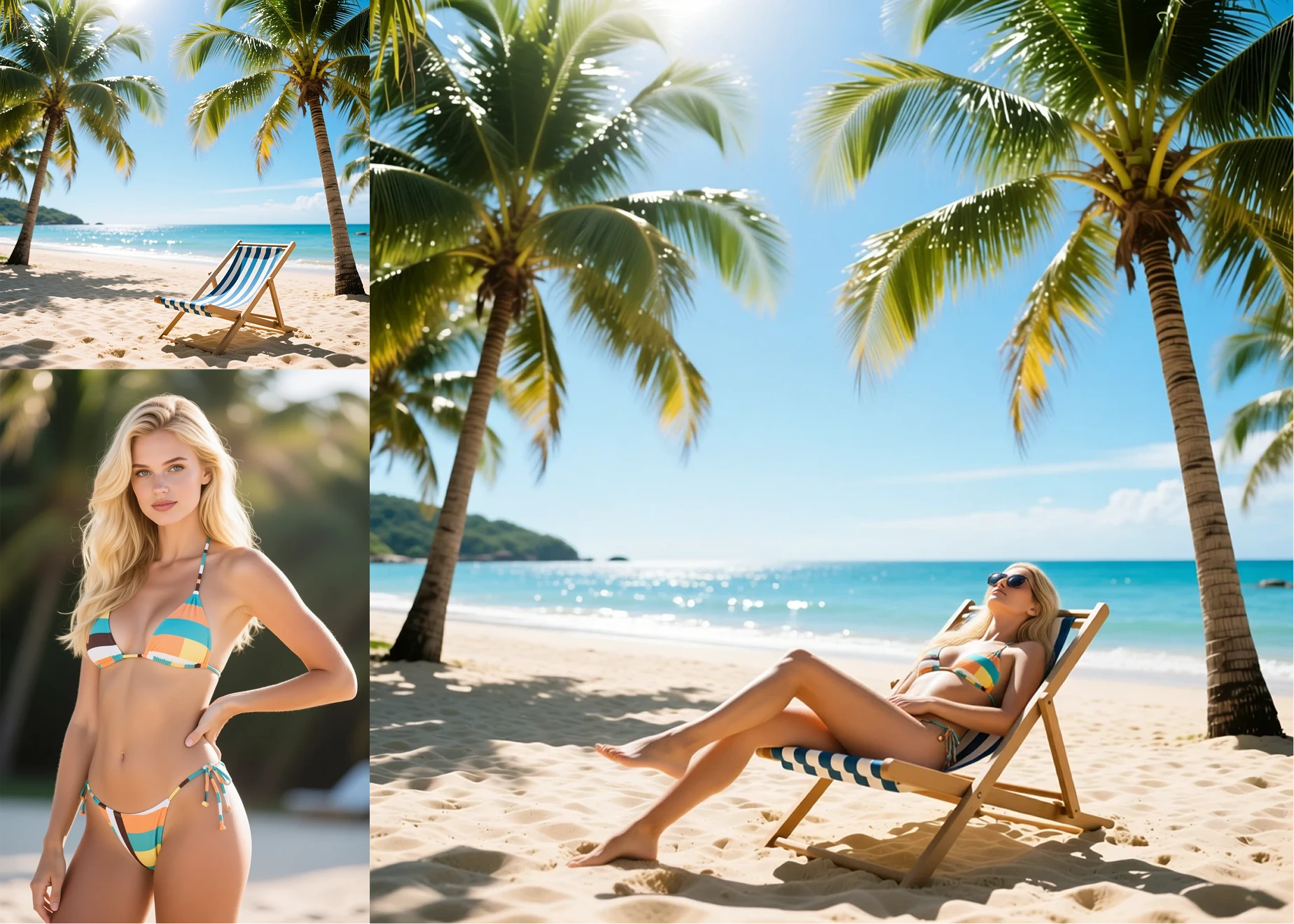
Prompt: “The woman in Figure 2 is sunbathing on the deck chair from Figure 1 while wearing sunglasses.”
4. Style Transfer and View Transformation
Overview
Qwen-Image supports stylistic reinterpretation and viewpoint transformation — turning existing visuals into new artistic or cinematic compositions while preserving structural integrity.
Prompting Tips
- Mention both source and target styles.
- Define the new camera angle or point of view.
- Include lighting and tone cues.
- Use artistic references like pop-art poster or hand-drawn comic style.
Example
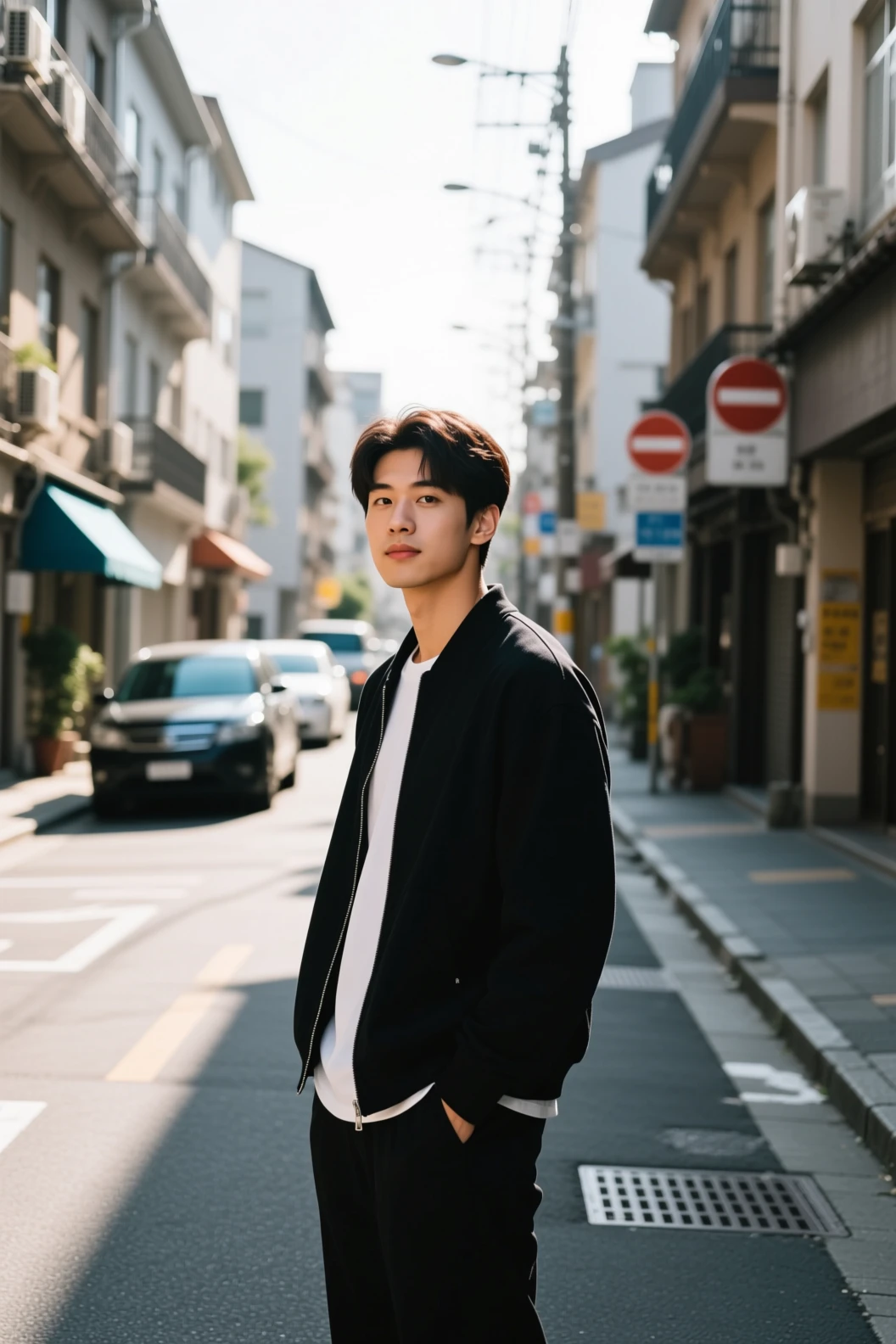
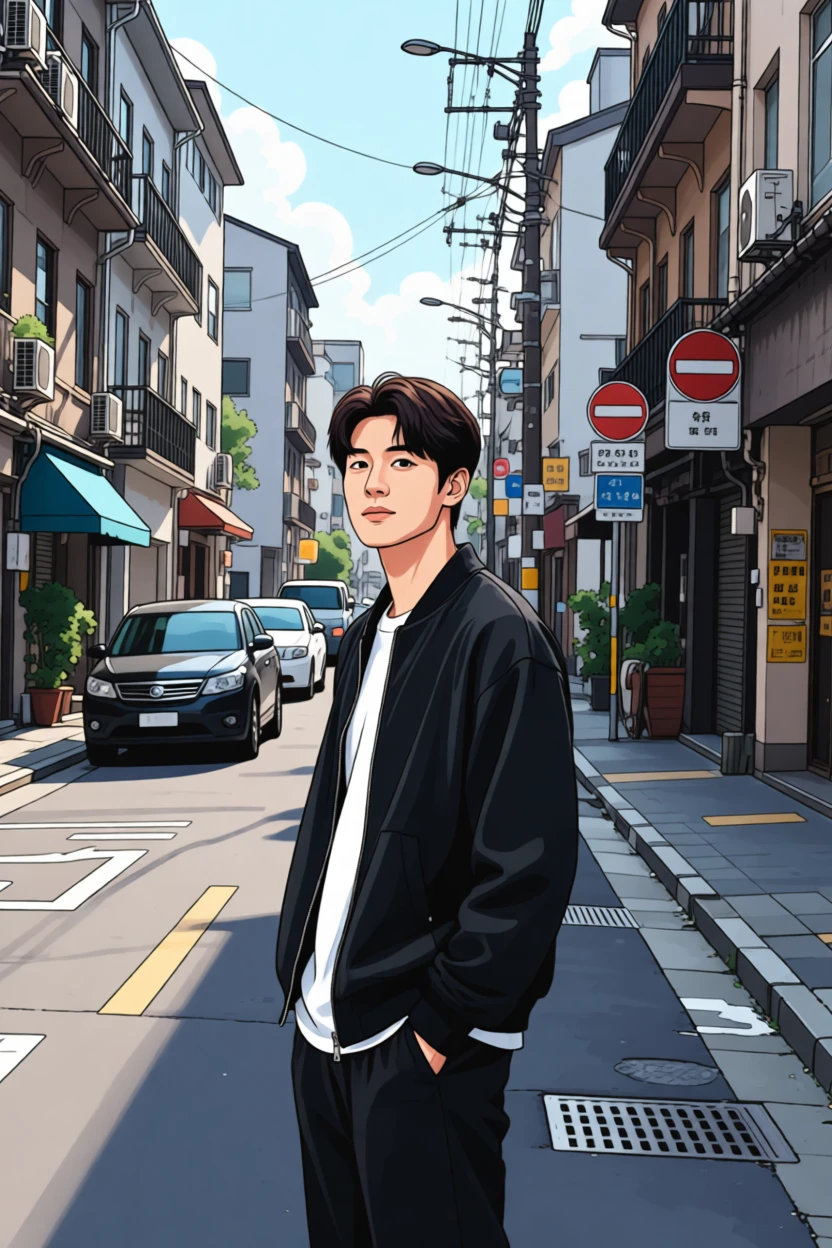
Prompt: “Transform the image into a 2D anime style poster with thick outlines, and bold color blocks; preserve pose and outfit details.”
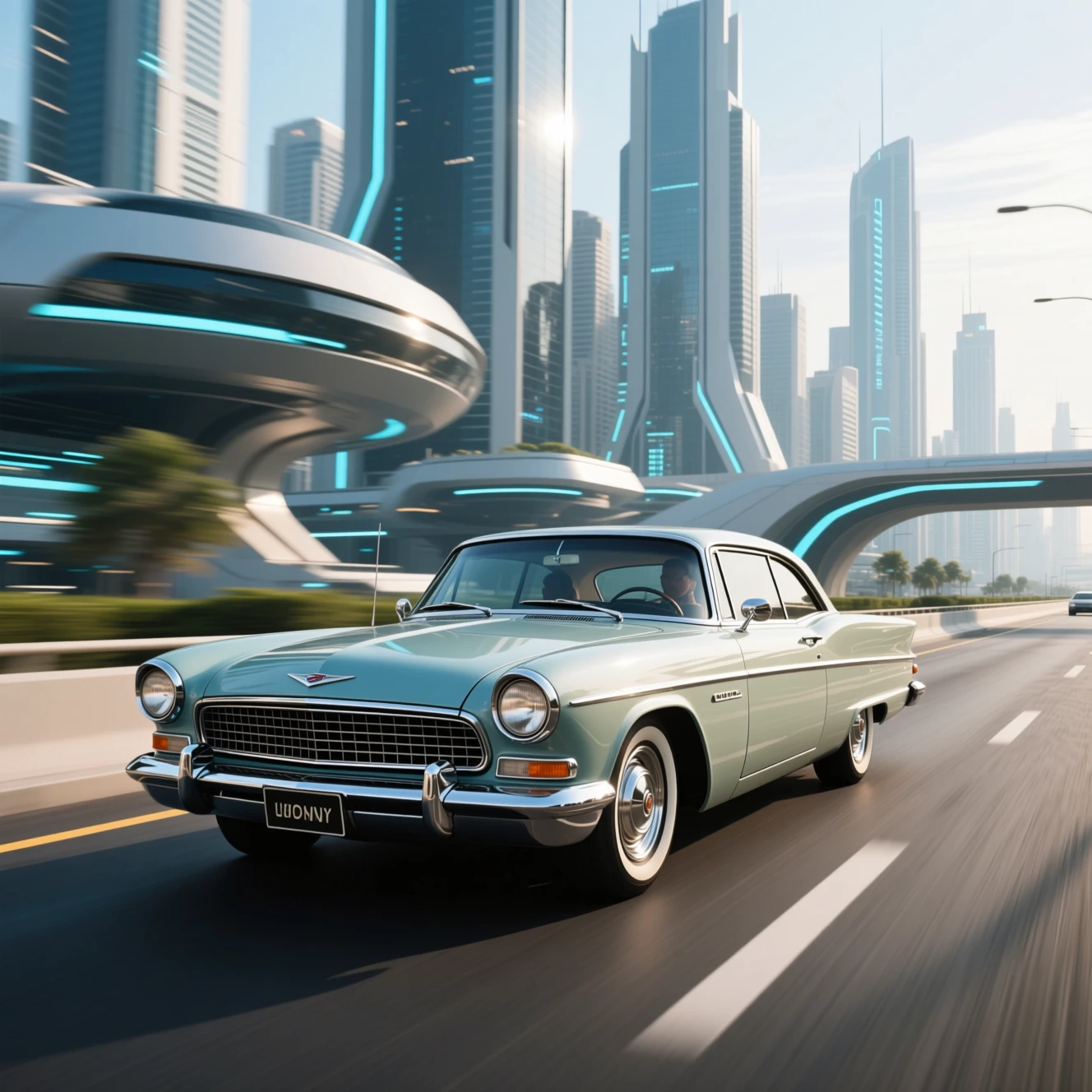
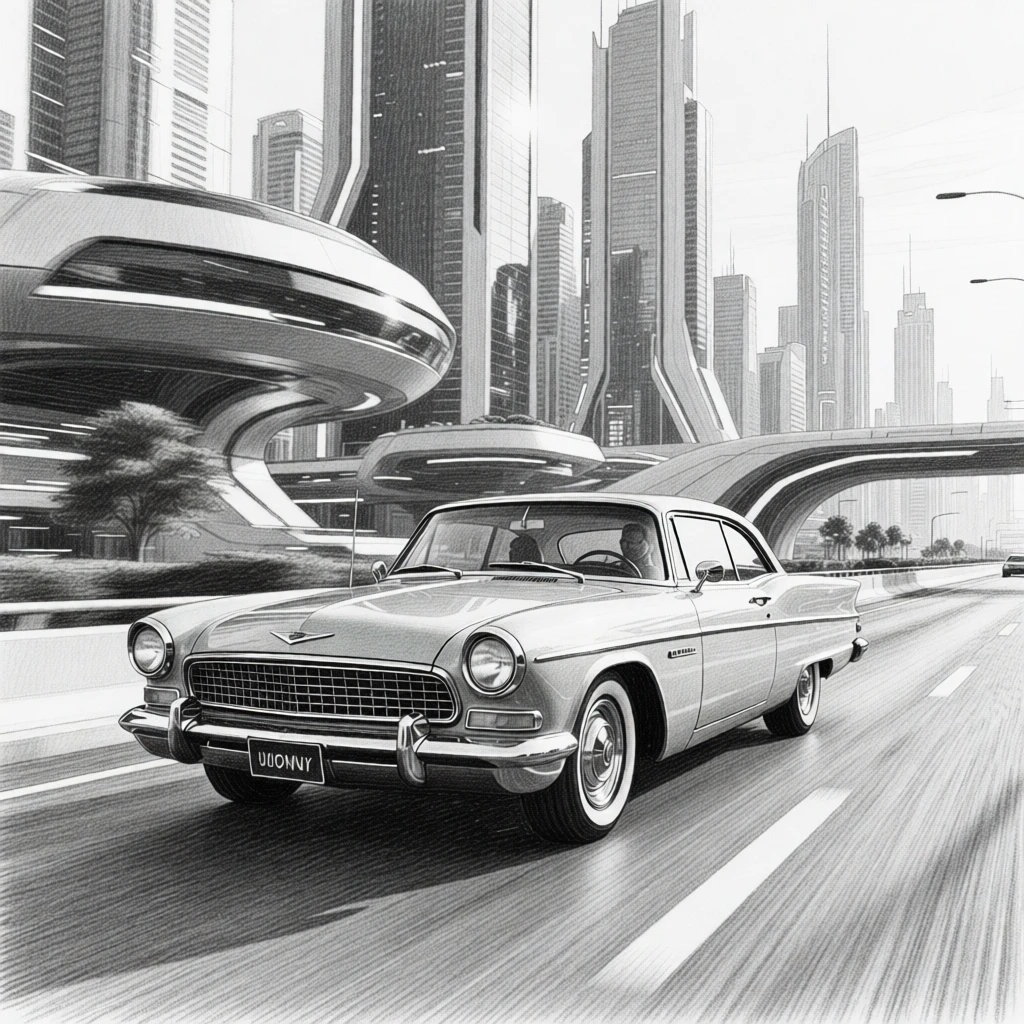
Prompt: Transform the image into a black/white monochrome pencil sketch style.
5. Text-in-Image Editing
Overview
Qwen-Image-Edit can edit and replace text directly inside images — preserving the original font, placement, and effects such as shadows and metallic shine. Its advantage over other models lies in its ability to handle more complex text, such as Chinese, Japanese, and Korean.
Prompting Tips
- Describe the existing text style.
- Specify what to change.
- Mention refinements like glow or color tone.
- Keep layout cues precise.
Example
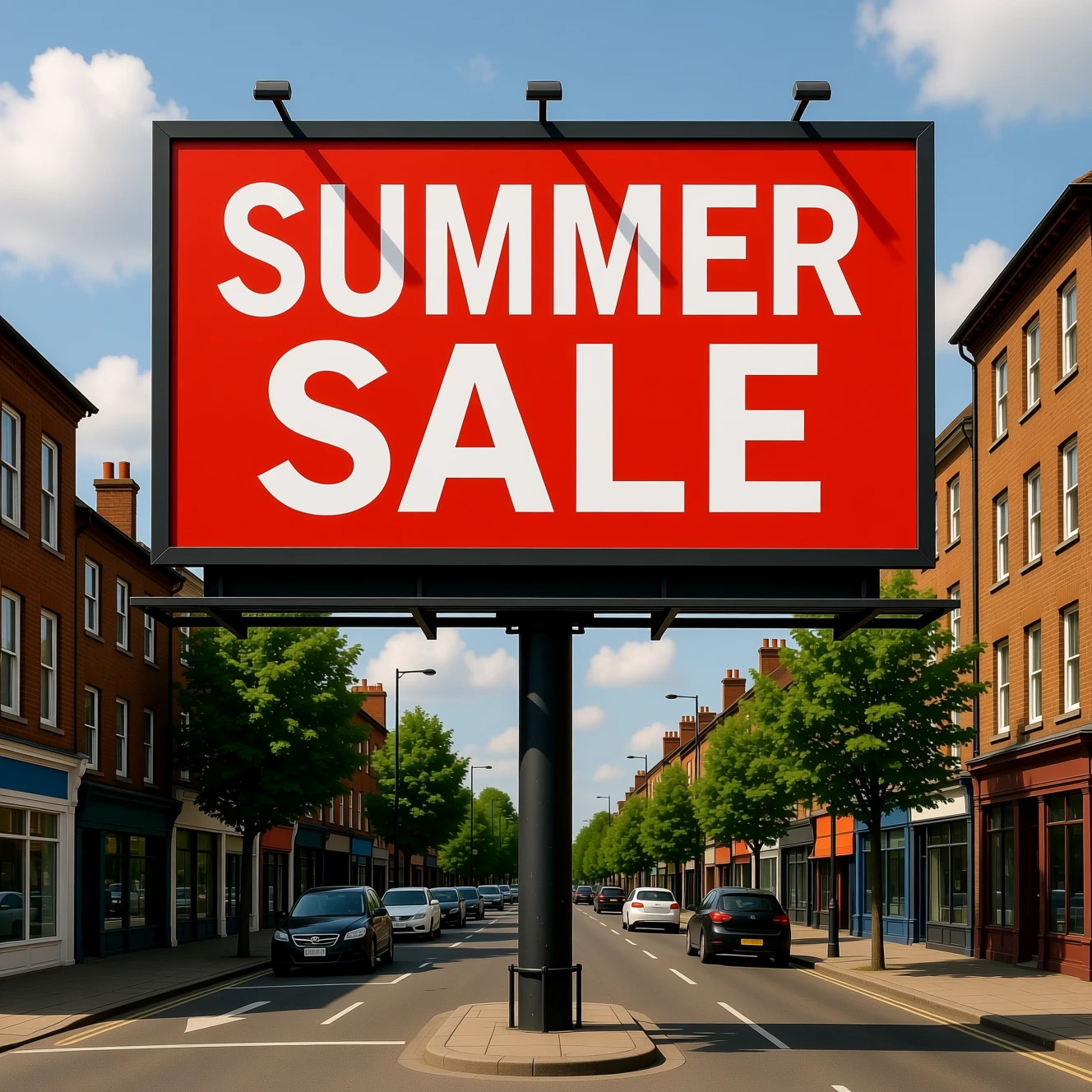

Prompt: “Change the text “SUMMER SALE” to “HOLIDAY LAUNCH” while keeping font, size, and shadow identical.”
Qwen-Image-Edit can also support complex text replacement.
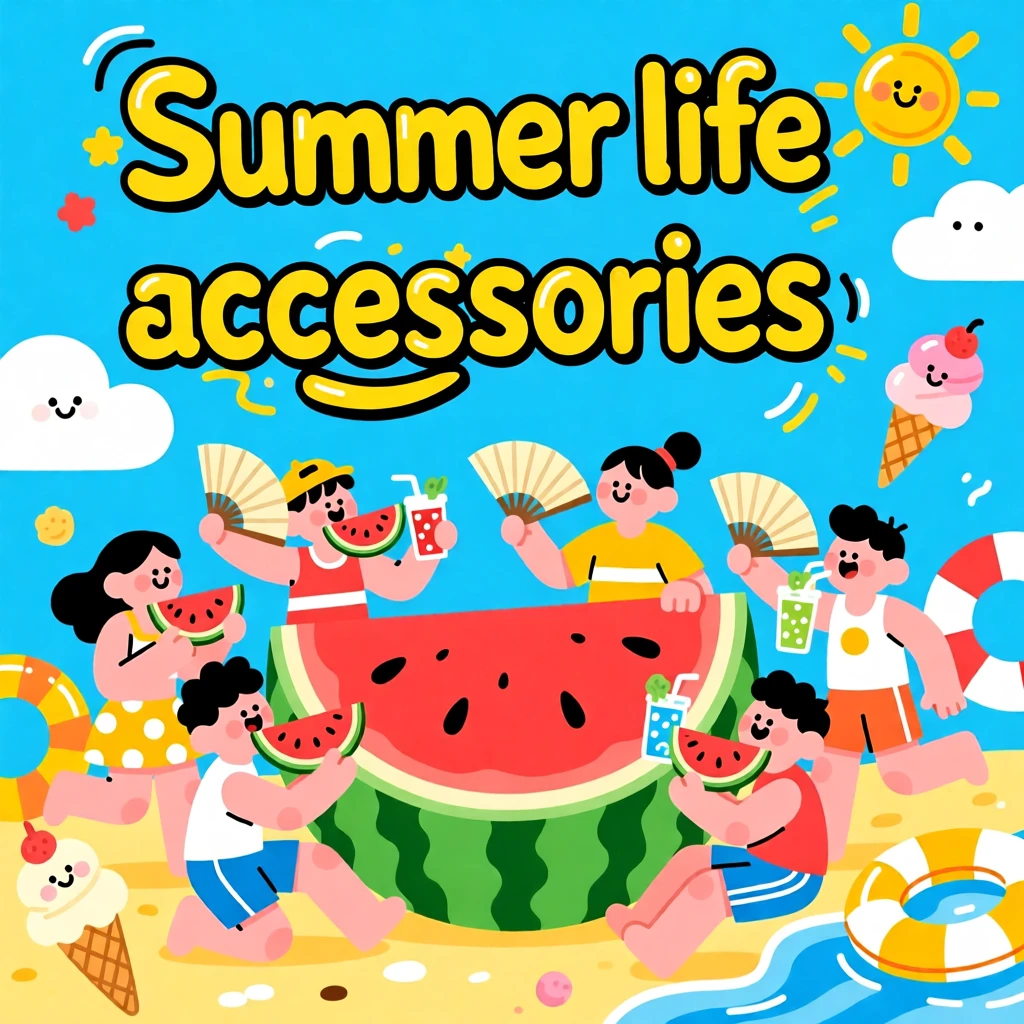
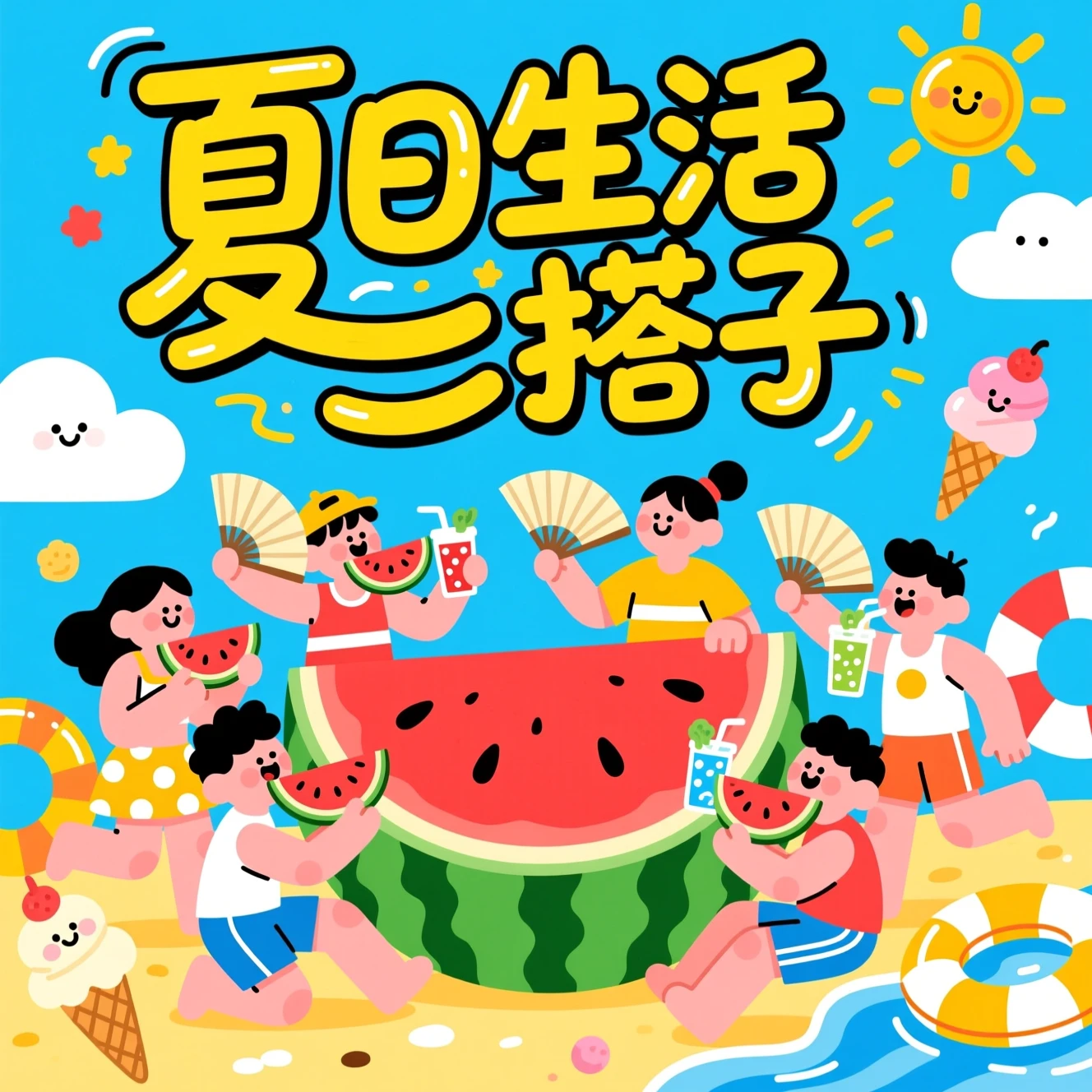
Prompt: Change the text “Summer life accessories” to “夏日生活搭子”
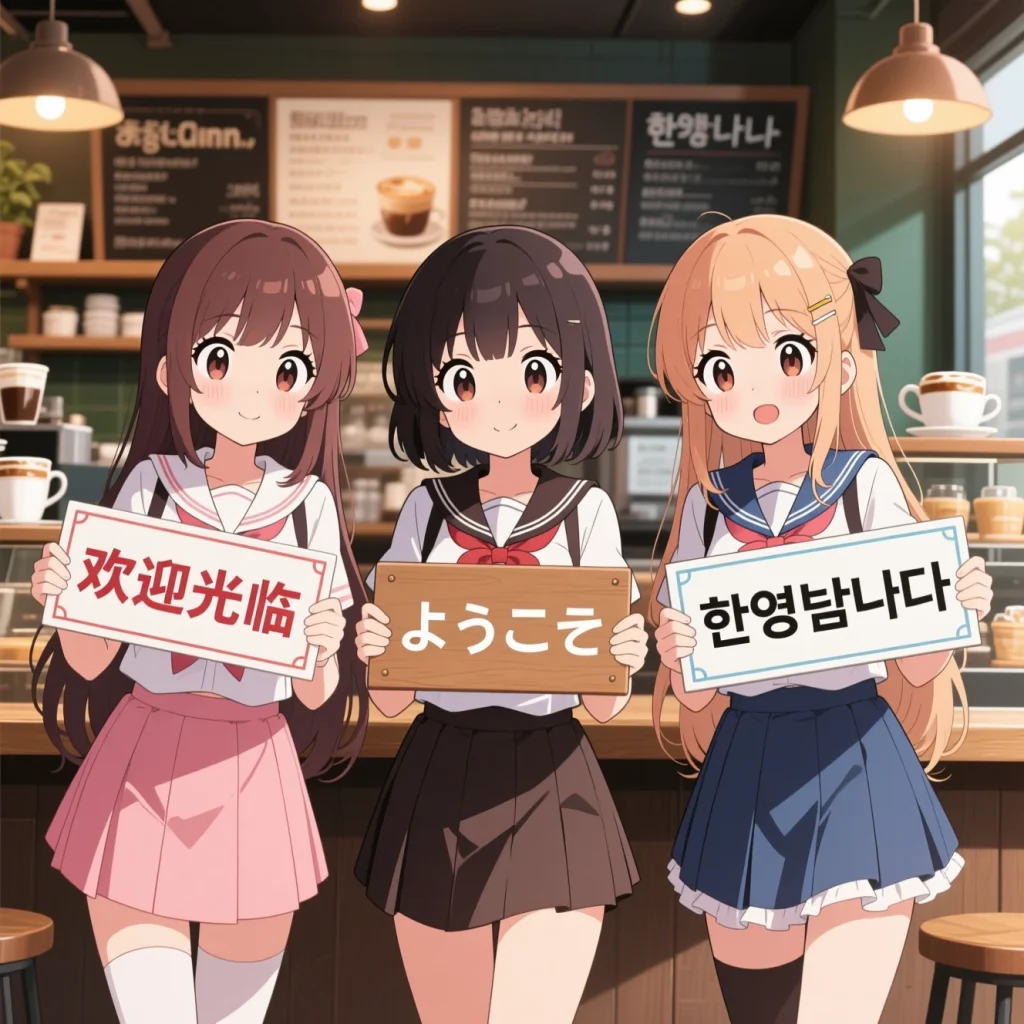
Prompt: Three anime girls holding three signs that read “欢迎光临”, “ようこそ”, and “환영합니다”, each with different facial expressions, standing in front of a café background.
6. Advanced Control
Overview
Now we’ve reached my favorite part — Qwen-Image-Edit supports ControlNet-style conditioning similar to what we had in the SDXL era. Even better, it natively supports three powerful modes at once: OpenPose, Depth, and Canny.
Prompting Tips
- Prepare the image you want to use for control. (In PicLumen, use Image Reference instead of Image Control, since Qwen is guided directly by the image itself rather than a traditional ControlNet pipeline.)
- Clearly describe the visual result or effect you want to achieve.
Example
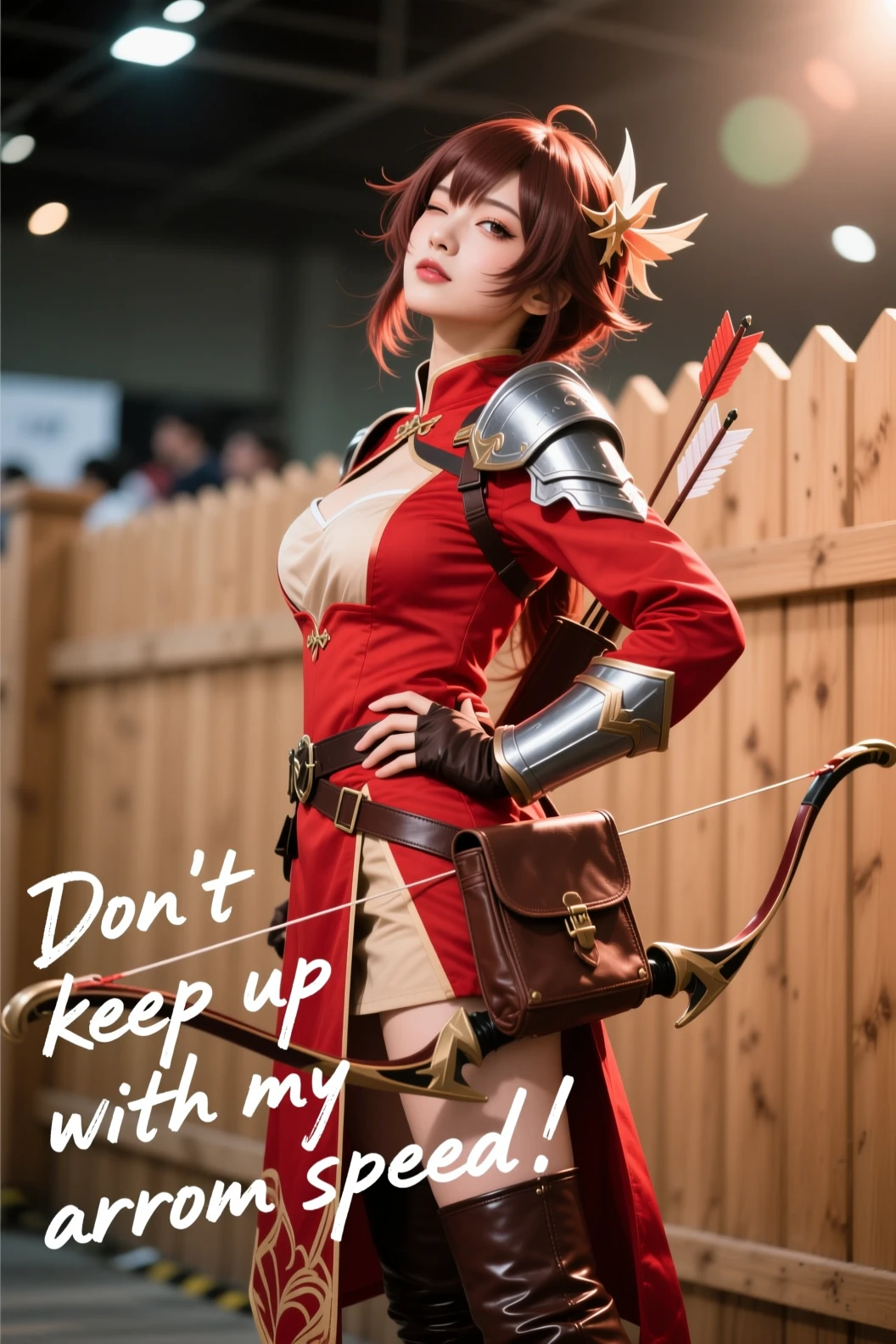

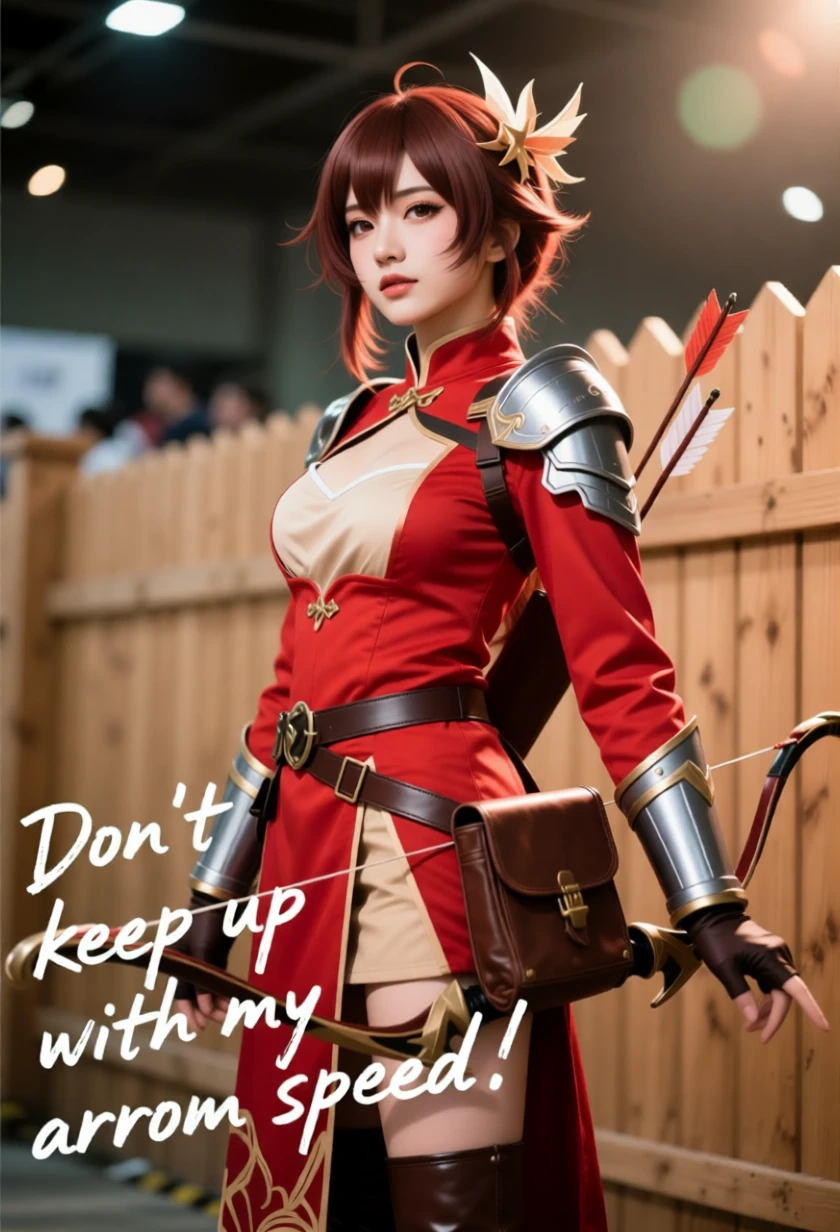
Prompt: “The girl in Figure 2 is changed to the pose in Figure 1”
Crafting Effective Prompts
- Be descriptive, not abstract. Use vivid details.
- Specify materials and lighting. Terms like matte, velvet, neon glow help realism.
- Use clear positional cues.
- Emphasize emotional tone.
- Combine subject and style.
- Iterate and refine.
- Balance visuals and text.
- Leverage familiar art terminology.
Practical Use Cases
Brand or Campaign Visuals

Prompt: “A sleek skincare product bottle in front of soft clouds, title text ‘Glow Within’ in thin silver lettering, calm pastel tones.”
Product Showcase & Visual Merchandising

Prompt: “White sneakers placed on reflective black floor with gentle spotlight, overlay text ‘Step Ahead’ in slim sans-serif.”
Illustrated or Poster Art
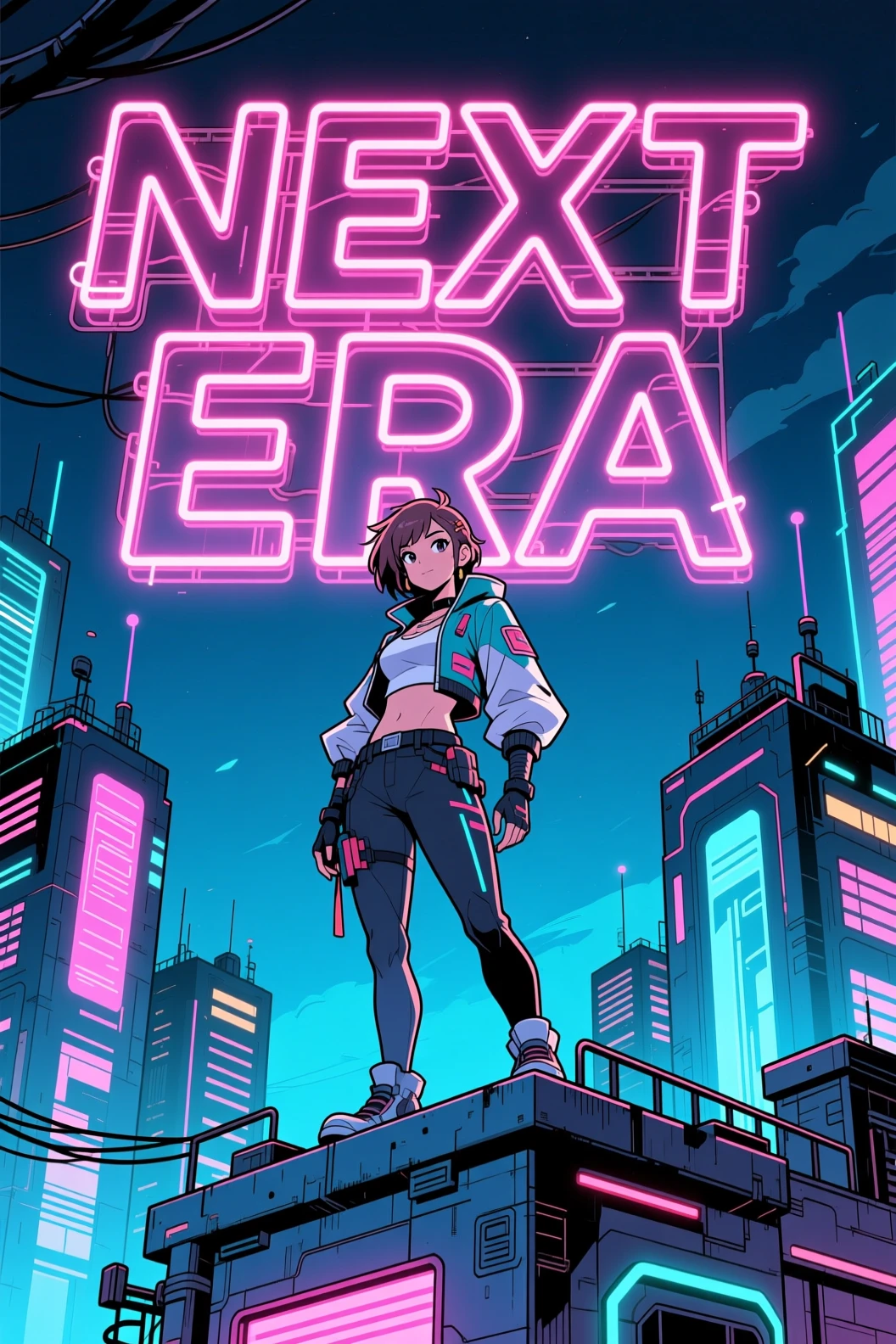
Prompt: “Illustrated character standing on a futuristic rooftop, neon title ‘NEXT ERA’ glowing behind, comic lighting.”
Qwen-Image Prompt Library
1. Modern Editorial Poster
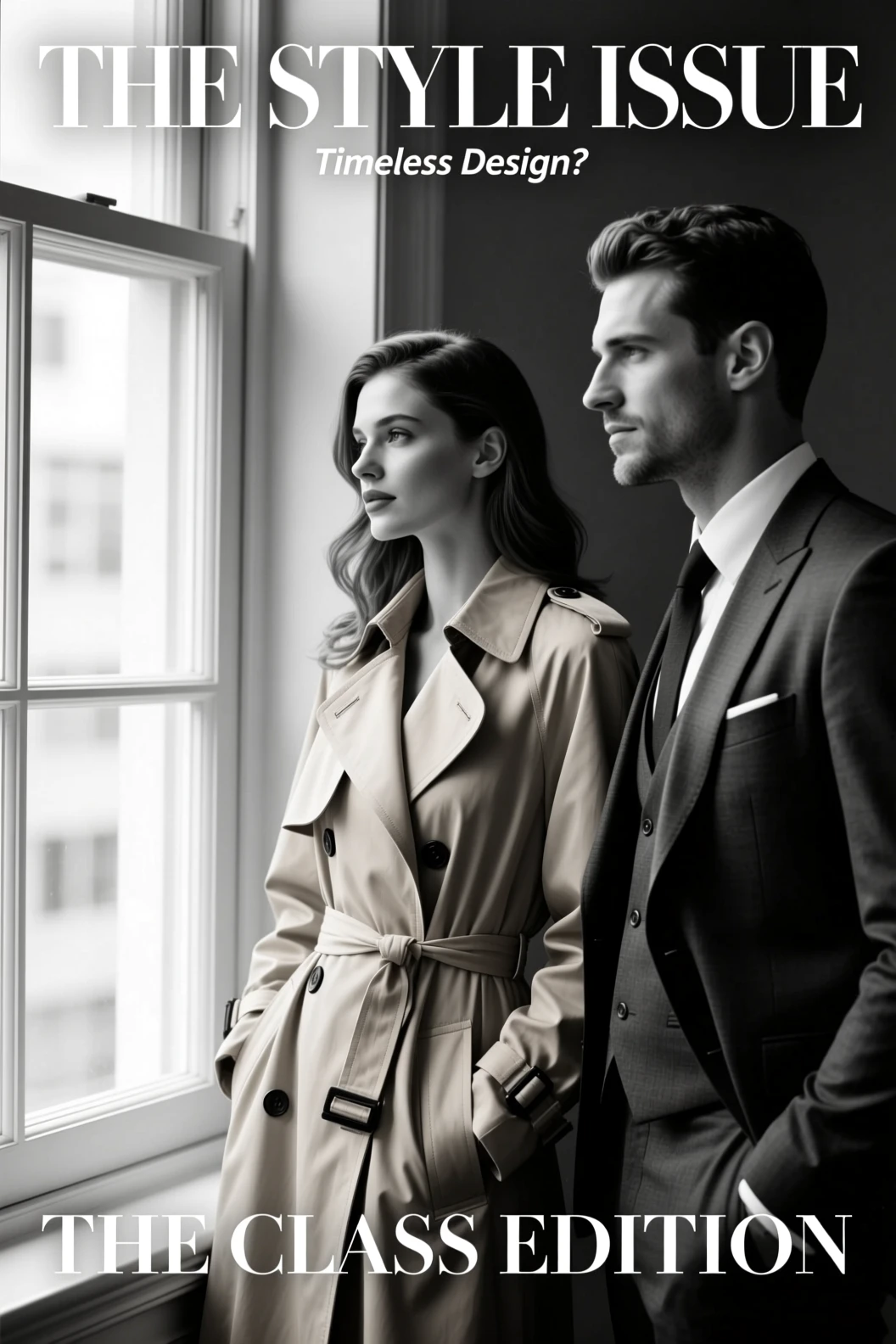
“Woman in beige trench coat by a window, title ‘THE STYLE ISSUE’, subtitle ‘Timeless Design’.” Variation: Man in suit, black-and-white tone, title ‘THE CLASS EDITION’.”
2. Artistic Concept Illustration
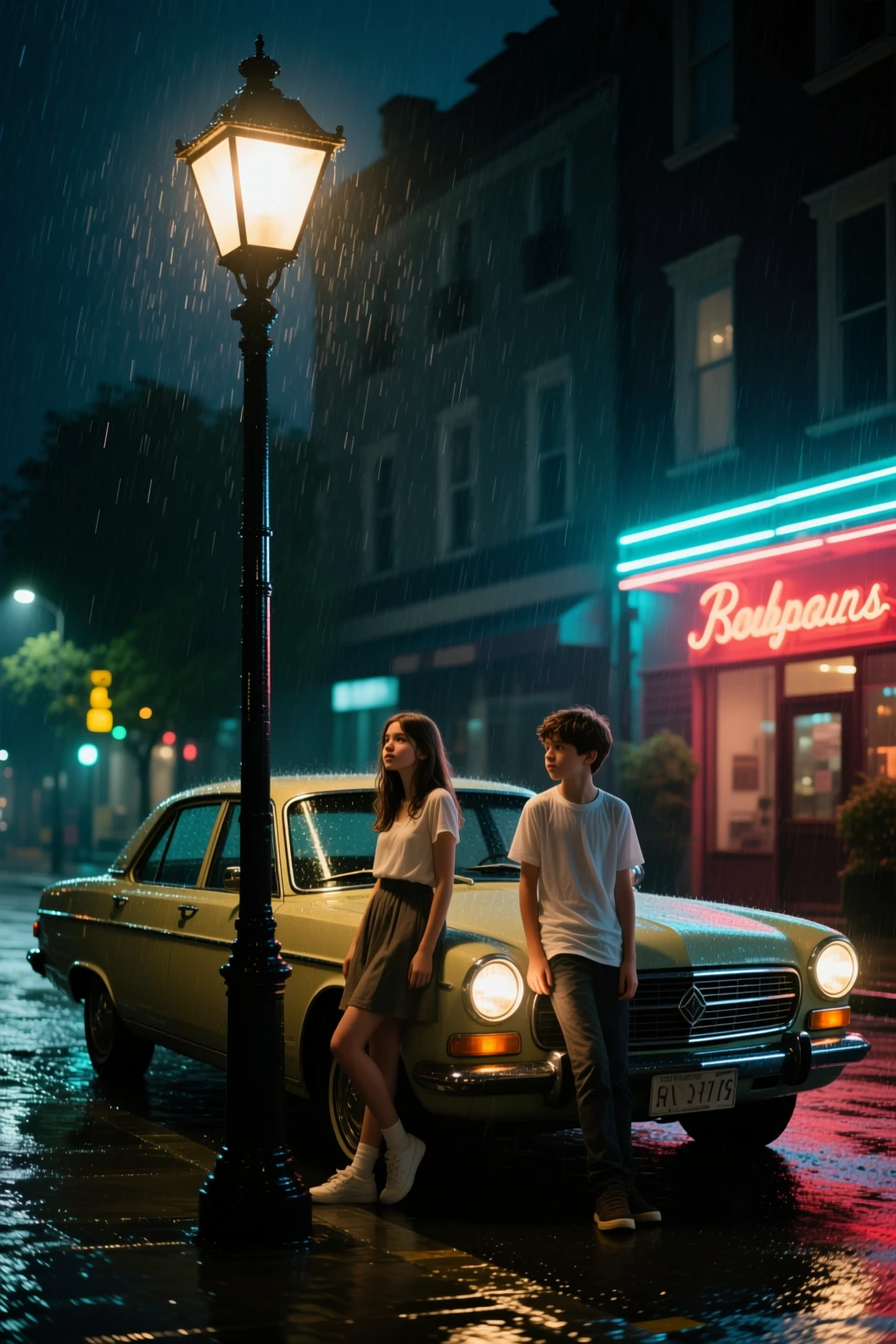
“Girl under a streetlight on a rainy night, cinematic atmosphere.” Variation: Boy beside vintage car under neon lights.”
3. Product Showcase
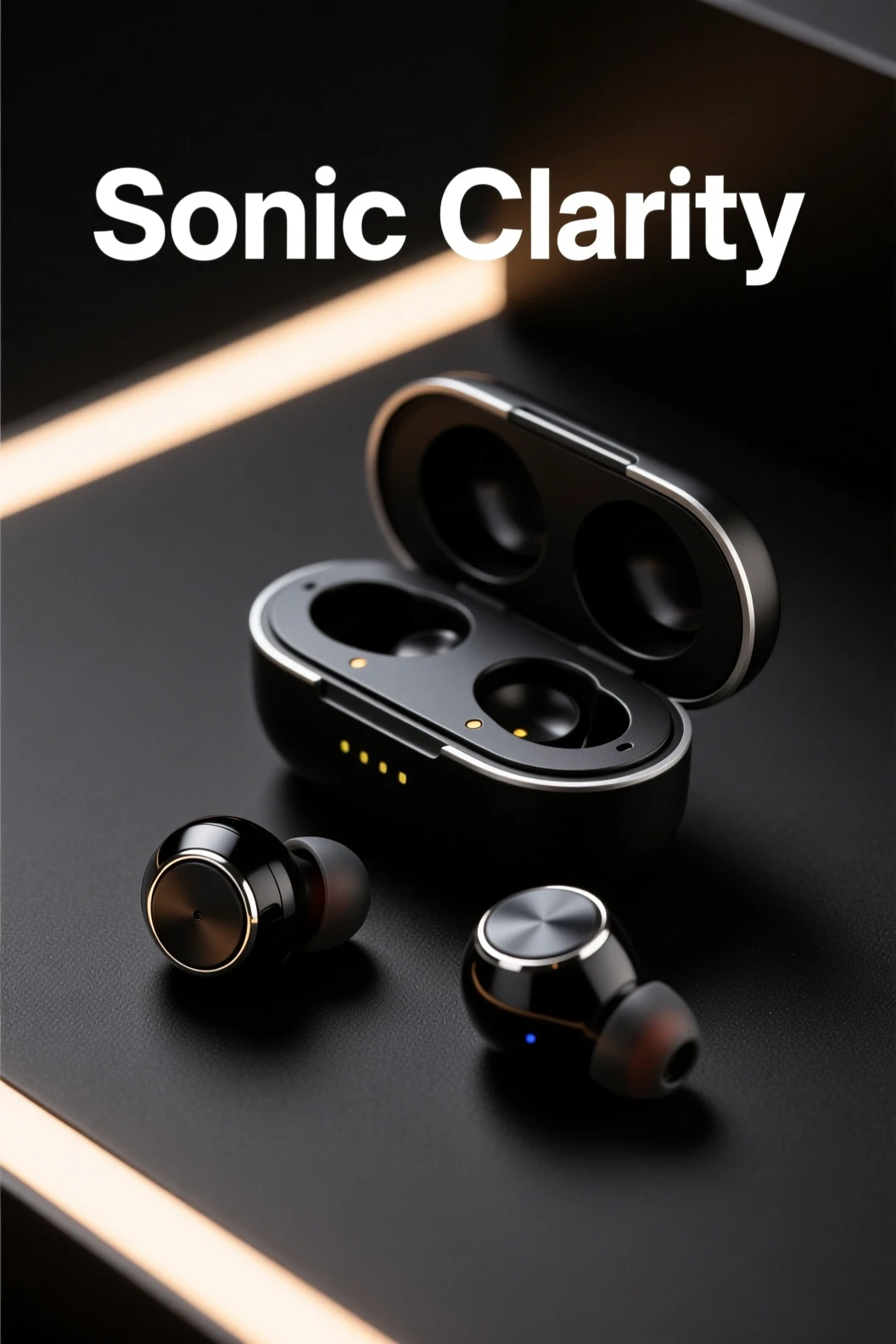
“Wireless earbuds on matte black surface, soft rim light, title ‘Sonic Clarity’.”
4. Cinematic Scene
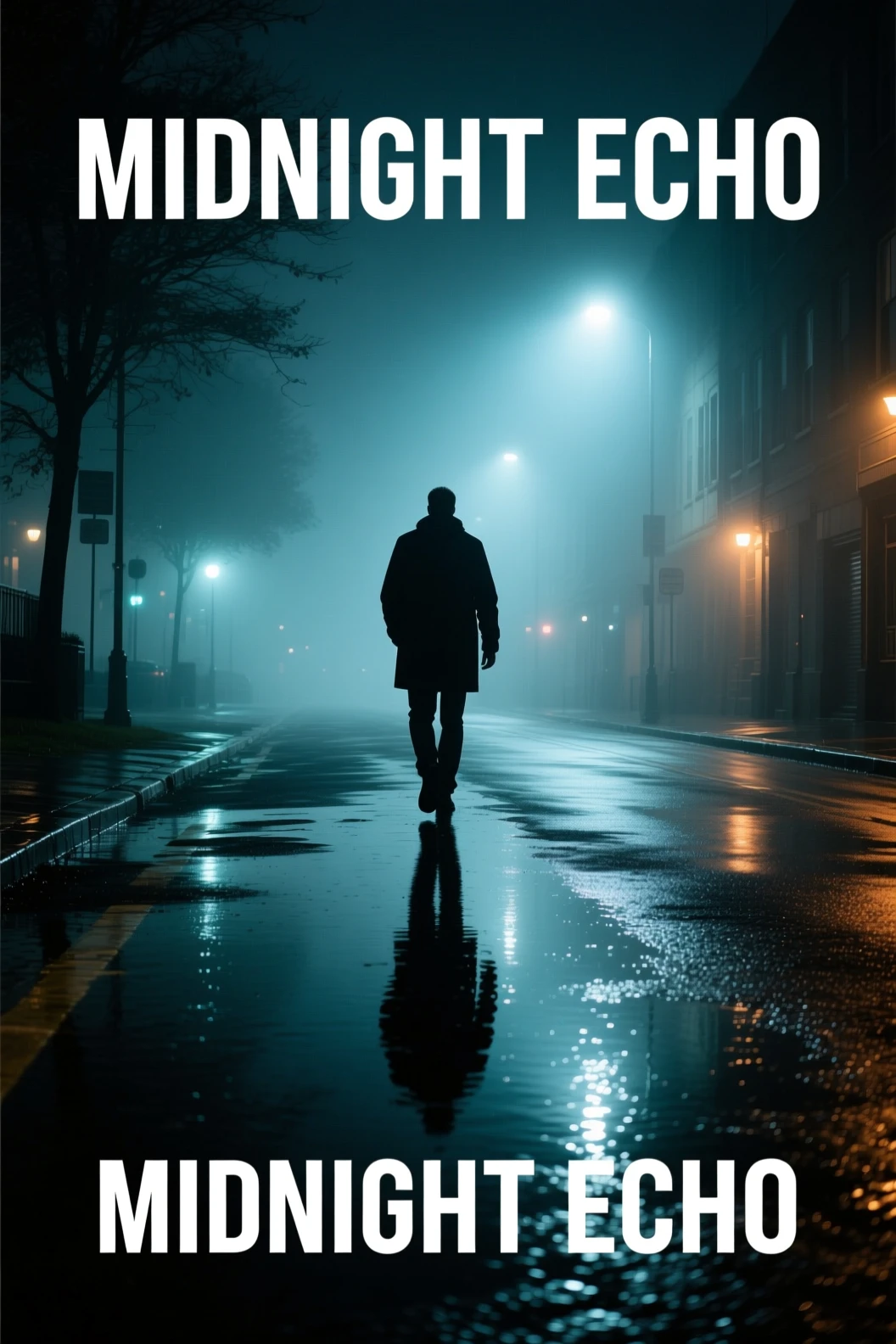
“Man walking through foggy street at night, reflection on wet road, title ‘MIDNIGHT ECHO’.” Variation: Woman near car under red neon light, title ‘AFTERGLOW’.”
5. Lifestyle & Interior Design

“Minimal living room with sunlight, white sofa and wooden furniture, text ‘Calm Spaces’.”
6. Artistic Portrait
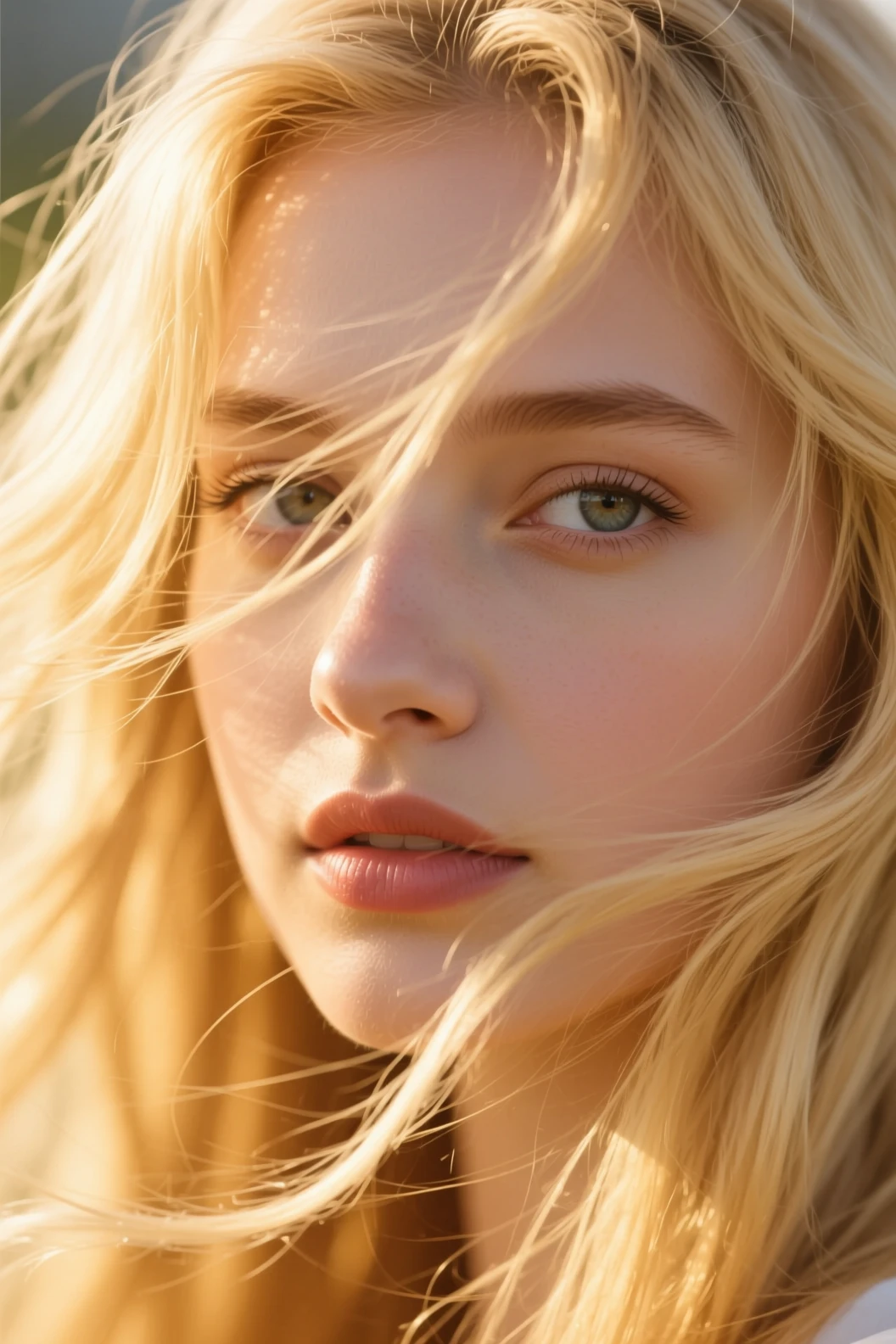
“Extreme Close-up portrait with soft golden light, The blonde hair was fluttering in front of face, painterly tone.”
7. Vintage Graphic Poster
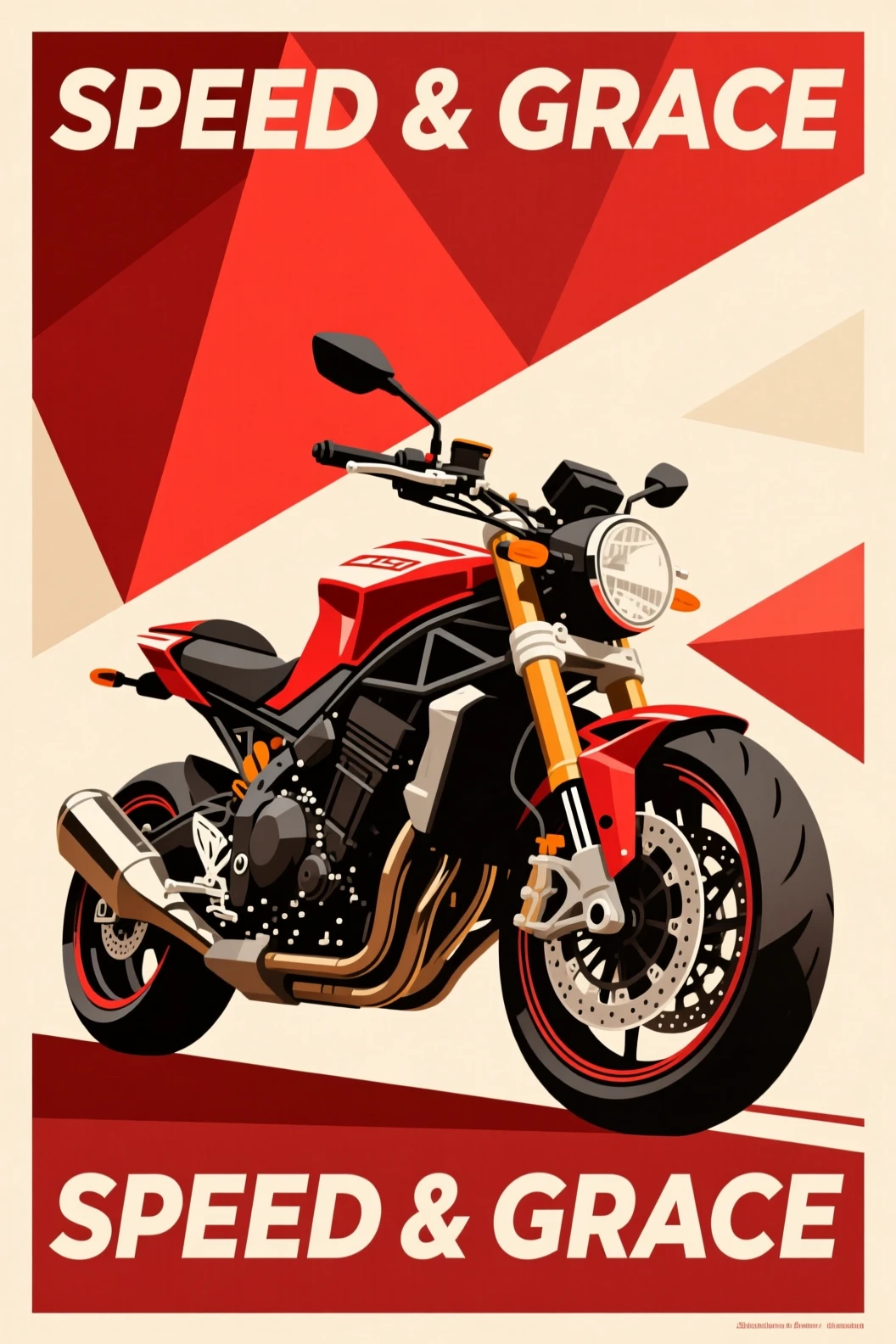
“Illustrated motorcycle poster, geometric red and beige shapes, title ‘SPEED & GRACE’.”
Tips for Using Prompts
- Focus on materials, lighting, and tone rather than resolution.
- Combine visual and text elements together.
- Use specific, concrete details.
- Refine results using edit mode.
- Keep style consistent across series.
Conclusion
Qwen-Image fuses text understanding, visual generation, and precise editing into one system, enabling professional-quality creative and design workflows without post-editing or external tools.
The model has extremely high potential, but it requires advanced prompt-crafting skills to bring out its full power. Another notable characteristic of Qwen-Image is that it produces relatively consistent results across multiple generations using the same prompt. Therefore, we recommend generating just one image per prompt—this helps you save both Lumens and generation time.
When the generated image contains minor logical issues or details that need refinement, you can perform several cherry-pick generations to fine-tune the outcome.
With its 20B model parameter count, Qwen offers vast creative possibilities—now it’s your turn to unleash your imagination. Happy prompting!
